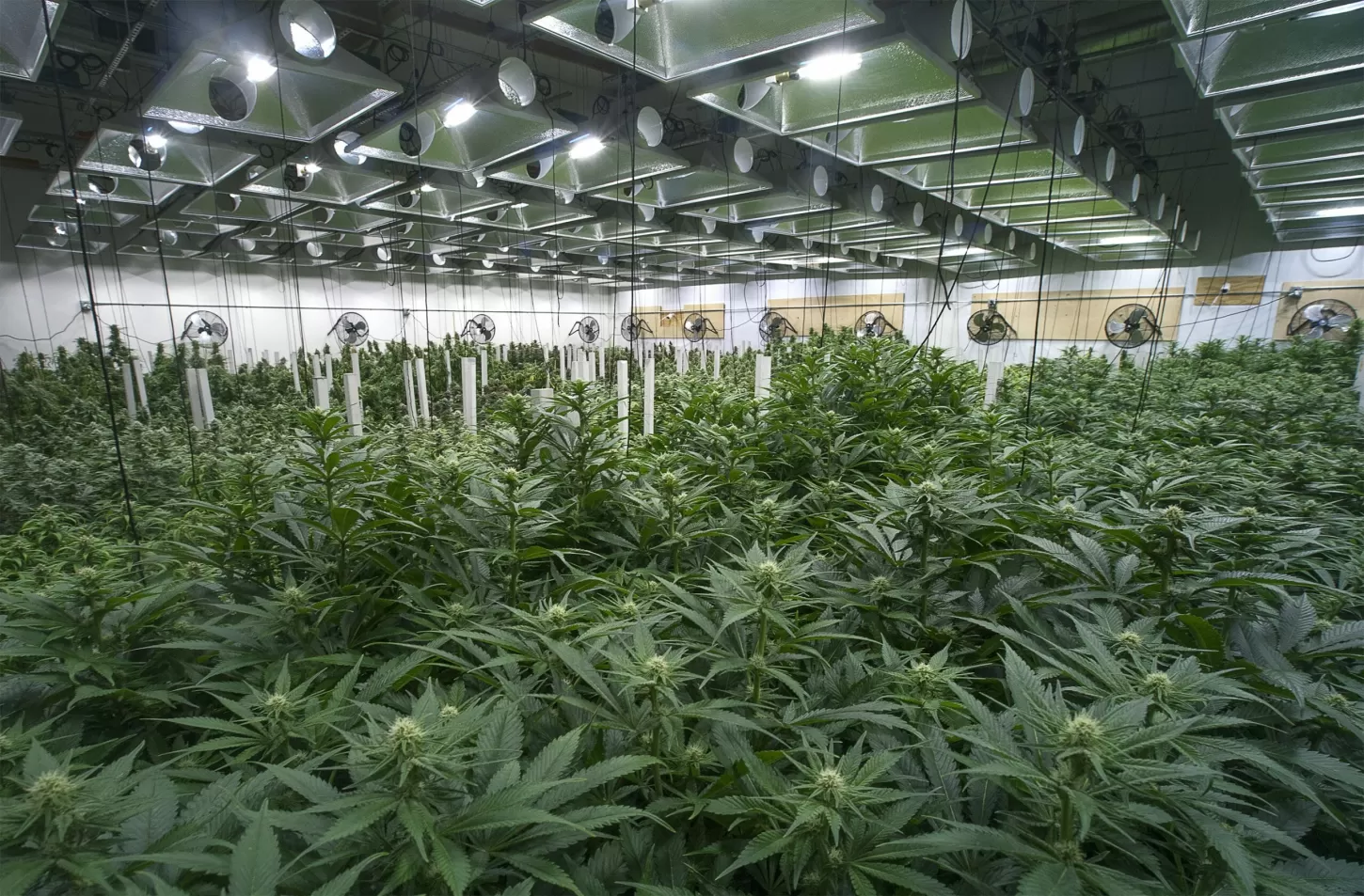


The forward march of cannabis legalization has spread throughout much of North America. As more and more Americans become increasingly exposed to the weed industry, they’ve also come to learn the intricate benefits that come alongside cultivation.
Growing indoors can be a great way to spend time on something you are passionate about while cultivating a plant fit to meet your wellness and recreational needs. Indoor gardening can be a challenge, especially for newcomers to the field, and that’s why a properly planned routine is of the utmost importance.
Before we dive into our favorite website to buy marijuana seeds online, we must first learn how to cultivate weed from the comfort of home.
Cultivating isn’t as simple as the name “weed” would imply. While anyone can visit a weed seed bank, it takes time and skill to turn those seeds into a plant worth harvesting. To take advantage of the 24/7 growing climate that indoor gardening allows, potential cultivators, need to lay their hands on the right equipment.
When growing indoors, our goal is to provide our marijuana plants with light, nutrition, and the appropriate structural tools for growth. Let’s look at each section one by one to prepare you for your journey.
Plants require plenty of space to grow to their proper size. Once grown, marijuana plants are hard to move and relocate, so the ideal location will be one that can handle your plants from seed to harvest. Keep in mind that weed plants also develop quite an odor during flowering, so it is of the utmost importance to have a way to direct smell from your property.
There are a few areas of concern that must be addressed when selecting an indoor growing space for your autoflowering seeds.
When selecting an indoor grow room to design your space, take into consideration the number of plants you plan on raising. Look at your state’s legislation regarding the legal cultivation of marijuana to ensure compliance with local and federal law.
Opt to buy seeds from a marijuana seed bank to ensure the quality and authenticity of your plants. When purchasing from a seed bank, you will have access to genetic information as well as various certificates to ensure the quality of your purchase. Seeds can also be found within dispensary purchases, though these seeds are not always viable and are often referred to as bagseed.
To emulate outdoor growth in our indoor grow room, we must accommodate for the sun, which is not an easy task! To bring enough light to your plants, you are going to need more than just a large window.
Cannabis plants need roughly 18 hours of light per day when they are in a vegetative state, while they need 12 hours of light per day while blooming. There are a few different methods to deliver light to your plants.
Finally, indoor cannabis cultivators will need to get used to controlling their climate to enjoy a successful harvest. Temperature and humidity need to be tightly controlled to provide growers with a successful experience.
Ideal Temps:
The tools you will want to have on hand for temperature control include:
Growing containers will vary based on the style of cultivation chosen by the gardener. Hydroponic gardening will require one style of pot, while soil-based growing may require another.
What to look for in your pot will range based upon your needs. Most growers will start with a simple one-gallon pot before transplanting it alongside the growth of their plants. The most common potting method starts in a one-gallon pot before being transplanted to a five-gallon point until harvest.
Focus on developing a healthy root system in whatever potting system you choose. A healthy root system requires proper drainage, healthy levels of oxygen and nutrients and room for growth.



Best Selling
Feminized Seeds
Regular Seeds
Customer Help
Contact Us
WE SELL MARIJUANA SEEDS IN THE USA

Are You 18 Or Over?
YesOr
No By clicking yes, you certify that you are over 18. By using this website, you agree to our legal disclaimer.